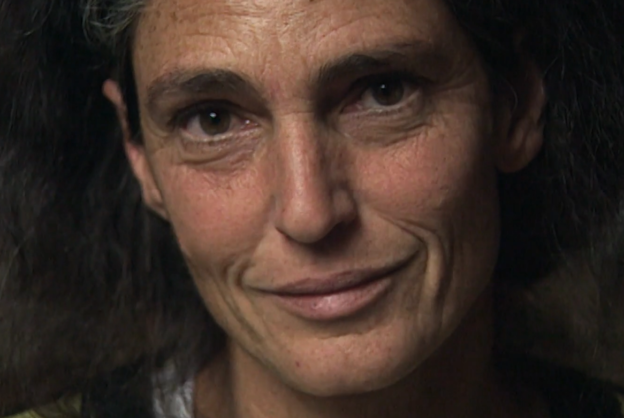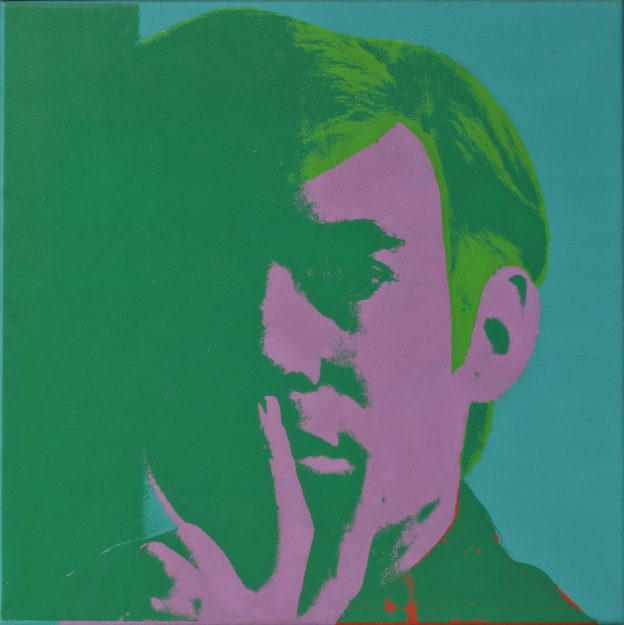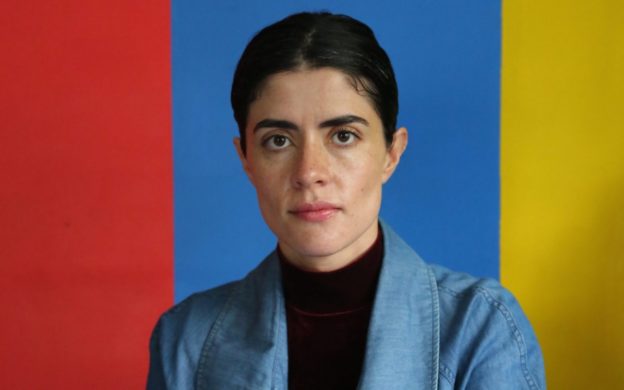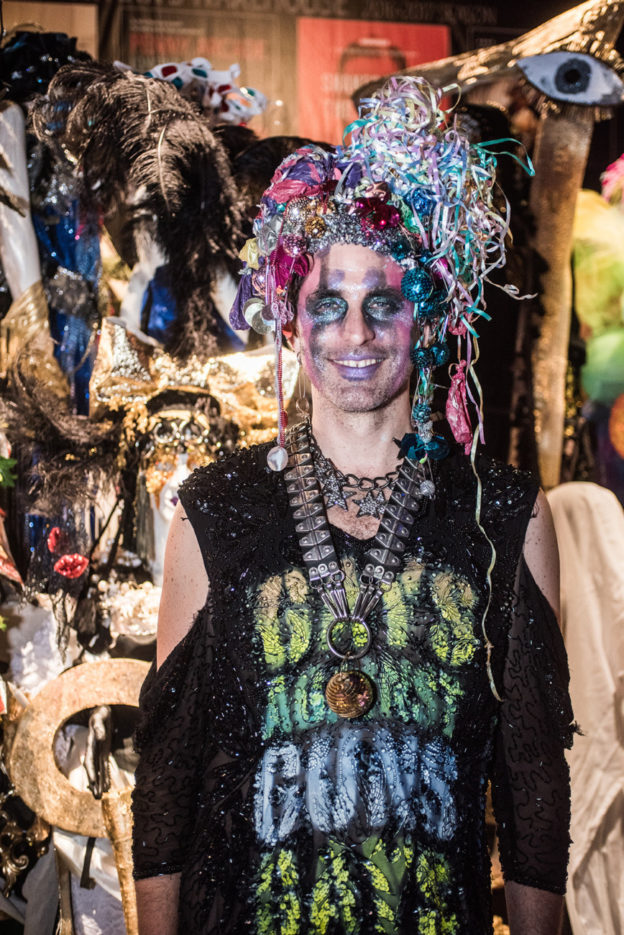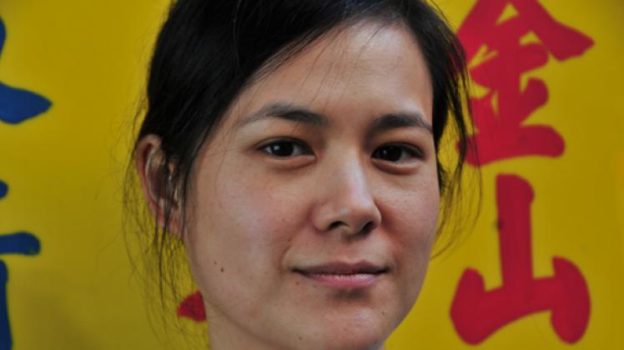

I live in a world now where everything is “delegated” to photography. Nothing is left to memory, your own memory. What I’m interested in, instead, are things that can’t be seen, not those that can be… I have always labored under the illusion—but I also think it was true—that nobody ever photographed me. Because my face is not for sale. The real me is not photographable. — Benedetta Barzini, to Beniamino Barrese


Beniamino Barrese is the son of Benedetta Barzini—the first Italian model to appear on the cover of American Vogue—and his mother’s obsessive interlocutor throughout his documentary THE DISAPPEARANCE OF MY MOTHER, one of the year’s best.
Summoned by Diana Vreeland in the mid-1960s to come to New York for a few weeks, Barzini stayed for a few years, a sought-after subject of Richard Avedon, Bert Stern, and Andy Warhol, a confident of Gerard Malanga and Salvador Dalí, and an acquaintance of Marcel Duchamp.


Barzini was a double-rebel. Modeling in Manhattan put a necessary distance between Barzini and her parents—heiress Giannalisa Feltrinelli and writer Luigi Barzini, Jr., author of The Italians. But the trajectory of second-wave feminism in the 1970s opened Barzini’s eyes to the ornamental condition of women, and she returned to Italy and became an activist and left-wing academic.
I asked myself this question: Why do we have prototypes of beauty? Why are models at the bow of the ship and the other women are squashed together into the stern? Why? Because men invent women… Maybe it would be better if female bodies disappeared from men’s imaginations. — Benedetta Barzini
Barzani explains to her son that the camera is a dangerous liar because within its capture of arbitrary moments, it “freezes” life “within a limited boundary,” contaminating thought and inscribing conformity. “I don’t like frozen things… I don’t know if you’ve noticed, but there are a hundred million photos of sunsets. Frankly, they’re all the same. But they weren’t the same when you saw them.”


Barzini is by turns loving and exasperated with her son and his never-ending investment in images and their documentation. Yet Barzini still models herself—recently appearing in Simone Rocha‘s Fall-Winter 2017 show in London. Nothing if not contradictory, Barzini wants to remove herself from a world she finds deplorable, railing against ambiguity yet unsure which entrance to the void she should walk through. She explains to Barrese that their work together on this film is an act of “separation.” The filmmaker sees it differently, and together they find a sense of an ending.



THE DISAPPEARANCE OF MY MOTHER
Now playing.
Laemmle Monica Film Center
1332 2nd Street, Santa Monica.
34 West 13th Street, New York City.


Beniamino Barrese, The Disappearance of My Mother (2019), from top: Benedetta Barzini (3); Barrese and Barzini (2); Richard Avedon spread of Barzini in American Vogue; Barzini on the cover of Vogue Italia, September 1967; Simone Rocha Fall-Winter 2017 show, London; Andy Warhol, Benedetta Barzini Screen Test, 1966; Barzini and Marcel Duchamp, filmed at the artist’s Cordier and Ekstrom Gallery opening by Warhol, 1966 (2); The Disappearance of My Mother U.S. poster; Barzini (5). Images courtesy and © the filmmaker, the photographers, Benedetta Barzini, the Andy Warhol Foundation for the Visual Arts, Condé Nast, and Kino Lorber.




